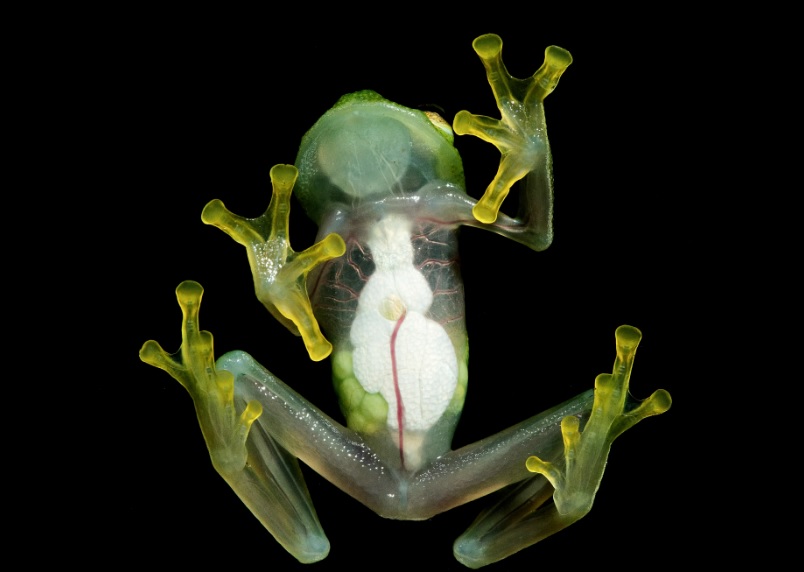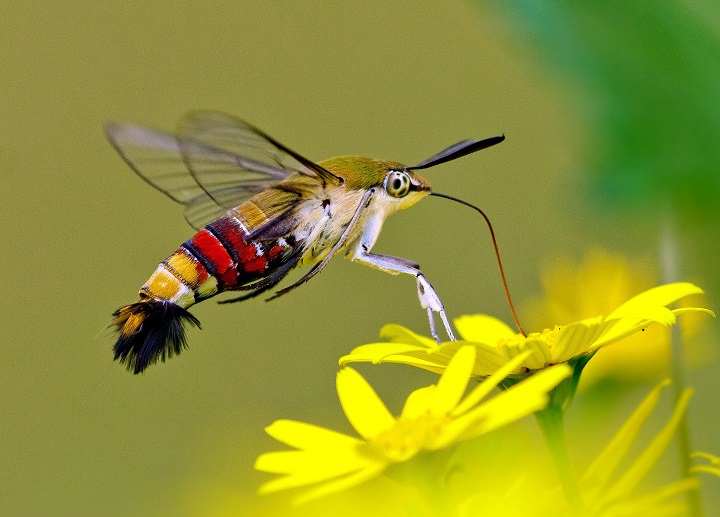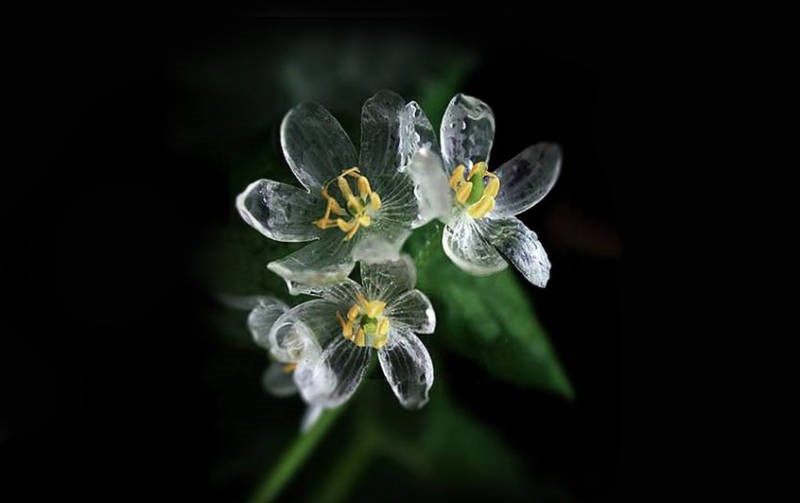The idea of being unseen has captured our imaginations, from ancient myths to modern games and movies. Ancient Greek mythology enumerated the wisdom goddess Athena, the Greek messenger Hermes, and the Greek hero Perseus wearing a hat or helmet that made them invisible. Of course, the same idea appeared in the Arab world in the famous movie “The Secret of the Hiding Cap.”
However, the real secret behind the work of the “masking cap” is that the body is transparent enough to allow light to penetrate through it.
When light passes through different mediums, it is bent in direct response to its transmission from one medium to another. For this reason, you see a broken image of a spoon placed in half a glass of water. The “refractive index” describes the speed at which light passes through different mediums compared to a vacuum.
Each material has its own “refractive index”. The lower the value of the “refractive index”, the less bending the light, and hence greater transparency. Hence, air with a refractive index close to 1 is more transparent than water or glass, with a refractive index of 1.33 and 1.52, respectively.
According to a report published by the “Science Alert” website on January 4, the marine world is replete with many examples of transparent organisms that took advantage of this physical property of light to hide or camouflage.
Because air and terrestrial tissues have different “refractive parameters”, “it is rare to see many models of transparent terrestrial organisms,” says James Barnett, a behavioral ecologist at McMaster University in Canada. However, some wild plants and animals have developed a bit of partial transparency of some of their tissues, here are 6 examples of them.
Squid and Glass Frog
The cranchiidae squid is a completely transparent organism except in two locations: its eyes and its stomach.

|
| cranchiidae squid |
the squid have tricks to deal with their opaque bits too. The eyes of at least one of the 60 species making up the glass squid family use a combination of light emitting organs called photophores and reflective cells to deflect this light. Together they create the illusion of sunlight filtering down through the water.
Also, the squid swimming in the water horizontally reduces the shadow reflection of their opaque tissues.

|
| Glass frog |
You can also see the internal organs of “glassy” frogs. This partial transparency helps concealment by enabling the transparent frog limbs to grasp the leaves of plants without any distinct separation between the frogs and the green parts. The abdomen of transparent frog helps to control the degree of brightness to suit the levels of light that vary from one place to another.
Amphipods and bee moths
Transparent amphipods, Paraphronima gracilis, use a trick similar to that of crustaceans to mask the visible tissue of the eye. These creatures hide their large eyes, which occupy almost half of their body, by mimicking the retina of the eye the color and brightness of the surrounding environment. In addition, the twelve retinas that make up each eye are distributed precisely under the body, making them invisible and more sensitive to light coming from above.

|
| Cephonodes hylas |
The bee moth, Cephonodes hylas, uses a unique mechanism that makes its wings transparent. These organisms have microscopic projections that act as a smooth, gradual medium that overcomes the sharp refraction of light as it passes from air into their tissues. This limits the ability of the wing tissue surface to reflect the incident light.

|
| Paraphronima gracilis |
Glass snakes and crystal flower
Water snakes go through several stages, from transparent, slender-headed larvae, through to the vitreous phase, to their juvenile form. The bodies of these snakes are sharply flat, which facilitates the passage of light through them and helps them to hide.
Diphylleia grayi is white, but it turns into a crystal when it rains. The white color is produced when the flower’s rough leaves and air reflect a lot of the incident light, resulting in a visual illusion that gives the flower a distinctive white color.

|
| Diphylleia grayi |
When the rain falls, the water replaces the air gaps between the cells, making the “refractive index” between the cells nearly identical. This allows the light to pass without much change in its path, to be gained by that crystal form.
Sources:
- Sciencealert, Nature, Wikipedia
- https://www.sciencealert.com/bizarre-living-things-that-you-can-see-straight-through?fbclid=IwAR0ltw61f9n3kXpDtHaJoctcyx1__EcGbxBvg7hLffRUZebV0WjLDZA8LwU

